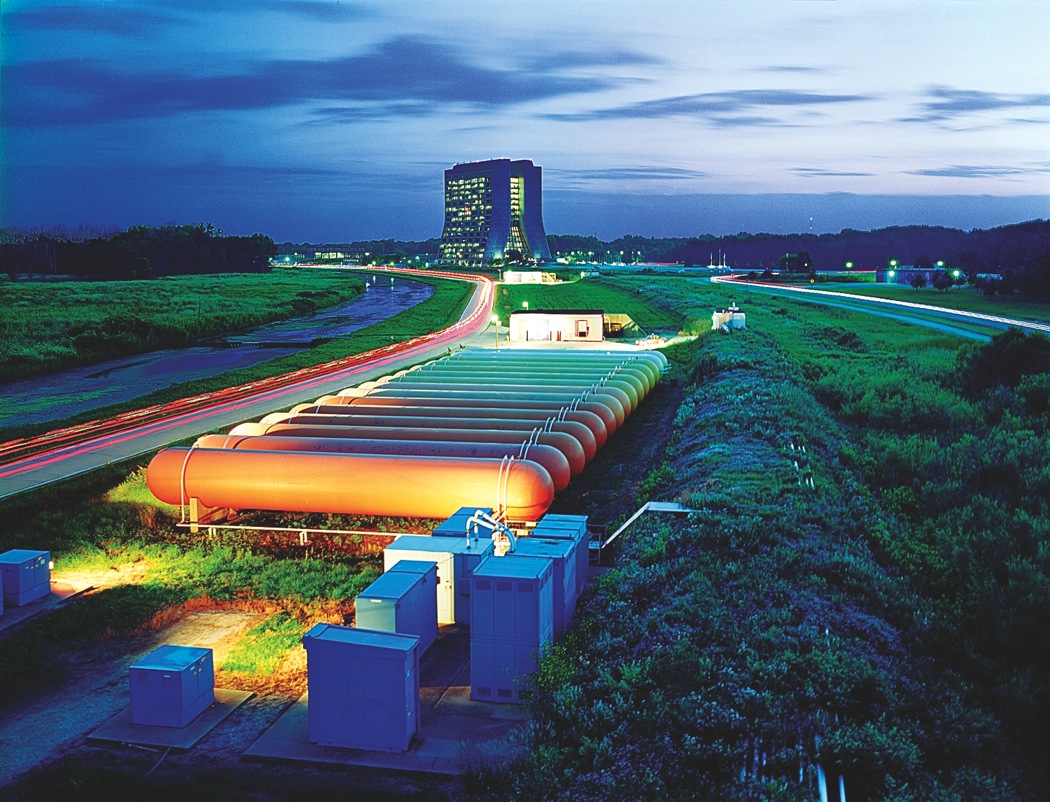Paul Burd
Contributor
The particle physics community nears a turning point with the closure of America’s Tevatron particle collider at Fermilab. Formerly the largest and most powerful particle accelerator in the world, the Tevatron will retire after its government funding dries up this September. This closure reaffirms the Large Hadron Collider’s position as the most internationally significant particle accelerator.
Nestled underground outside of Chicago, the Tevatron workforce was a thriving community of over 1000 physicists, engineers, and technicians. Since 1983, scientists sifted through the sub-atomic debris of particles smashed in collision courses around its six-kilometre circuit. Particle physicists analyzed the data from these mini-explosions to reveal quarks, the elementary particles that compose protons.

“The Tevatron was designed and built to observe the ‘top quark’ […] that’s what it was designed for, and that’s what it did,” says Dr. Wendy Taylor, the Canada Research Chair in experimental particle physics at York. She spent five years working onsite at the facility as a particle physicist.
Before the Tevatron, physicists detected only five of the six quarks predicted to exist, leaving the sixth ‘top quark’ to languish in the realm of theory until 1995.
Dr. Taylor notes however that the Tevatron’s discovery of the top quark in 1995 was just one part of its contribution to physics. “They have done a tremendous amount of physics and they’re continuing to do so,” she says.
But despite a scientific legacy, the US government decided to defund the Fermilab collider in January. Dr. Taylor calls this a “political decision”, commenting that President Obama initially increased funding to pure science but has since softened this commitment after Republicans gained a majority in the US House of Representatives last fall.
Another reason cited for the Tevatron shutdown is its obsolescence against the Large Hadron Collider (LHC). Run by the European Organization for Nuclear Research (CERN), the 27-kilometre-long particle accelerator straddles the Franco-Swiss border and began operation in March 2010. The LHC’s operating power is seven times that of the Tevatron and there is consensus in the science community that the LHC is the new powerhouse of physics.
“There’s a point where the Tevatron just cannot compete,” says Dr. Taylor, who now works on the LHC project.
It is too early to definitively write the obituary of the Tevatron experiment. Dr. Taylor argues that there is still much data to be analyzed even after the collider itself stops running, and that the Tevatron has laid much of the groundwork for the LHC’s own particle hunt.
The LHC hopes to confirm the existence of the Higgs boson, the ‘God particle’, thought by physicists to imbue matter with mass. The Tevatron’s data has not yet detected this particle, but physicists at the LHC can now use these failures to direct their search.
Just In
No new particle at Tevatron
Last April, the CDF detector at Tevatron found evidence of a new particle. However, the Tevatron’s second detector, the DZero, was unable to support the CDF’s conclusion after 200 trillion particle collisions.
Researchers remain hopeful
The two teams will form a task force to discover why there is a discrepancy.
With files from Discovery and Wired


